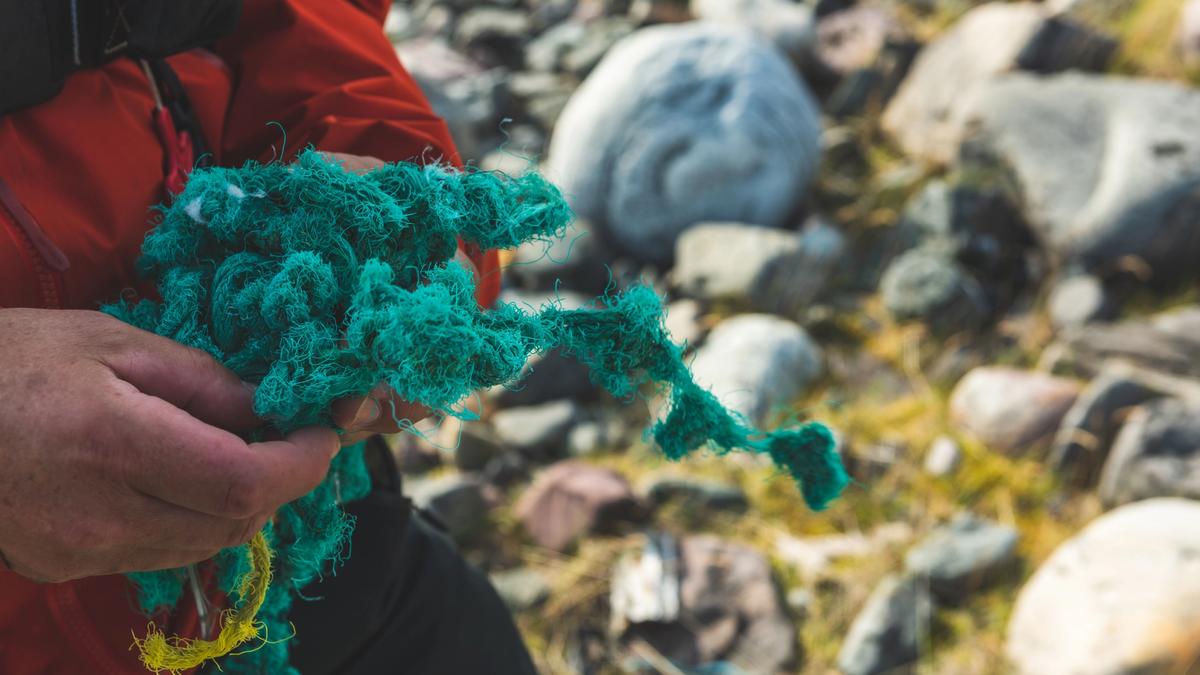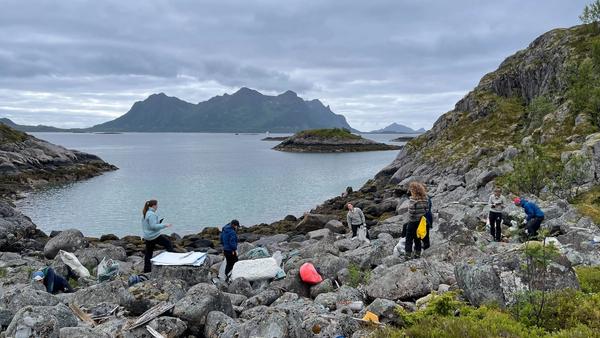The prevention of marine litter is crucial to mitigate the environmental problem both nationally and internationally. Here is some of the ongoing work to stop plastic from entering the sea.
Plastic and other waste from many sources end up in the sea. We need to understand these sources in order to initiate effective prevention measures. It is also important to ensure that the measures have an adequate reach, distribution, and progress.
Prevention also requires knowledge of the consequences the waste has on the sea. The amount of waste and the long degradation time of plastic further amplify the problem of litter, which in turn affects the ecosystems and the natural resources we rely on.
Litter in the sea is a globally recognised problem and international collaboration through agreements covering global objectives, legislation and financial assistance are crucial in reducing and preventing marine litter.
Preventing the consequences of marine litter
Preventive efforts may also secondarily help reduce impact on and harm to birds and the environment caused by waste in the sea. This could include technology to avoid losing or more easily recover lost fishing gear, thereby reducing the extent of ghost fishing (gear that continues catching fish after it is no longer in use). This could also involve product design and material choices to reduce the risk of harm to animals, such as switching from plastic cotton buds to biodegradable paper buds. Beach clean-ups also have a preventive effect, as this removes waste that may cause harm in the natural habitats of animals and beach cleaners also highlight the need for change through action. Such commitment forms part of the advocacy efforts used to motivate other parties to contribute preventive efforts.



